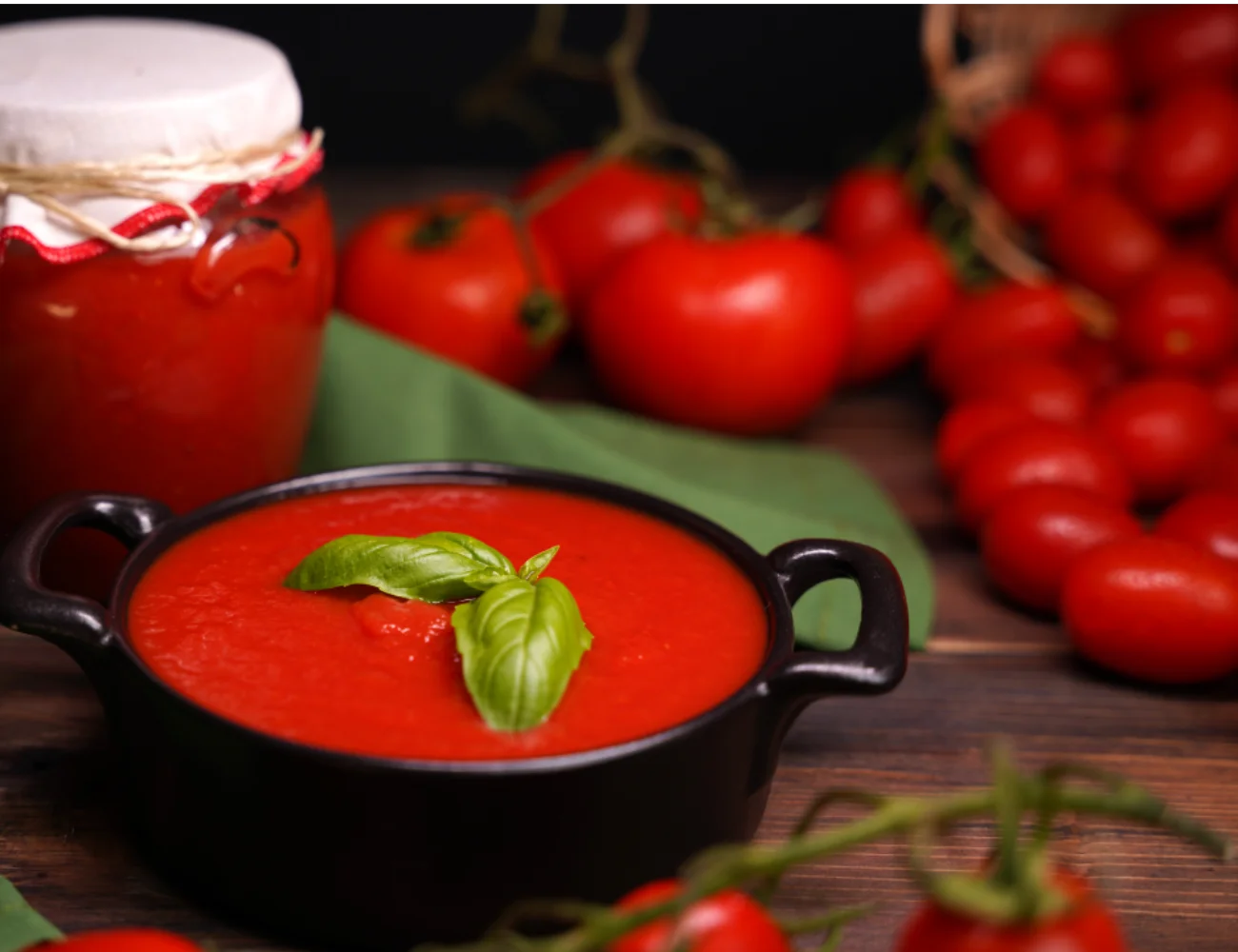Italy, a beacon of gastronomic indulgence, stands proud with its renowned legacy of pasta, pizza, and gelato. Now, however, a buzzworthy newcomer has jumped into the culinary spotlight – cricket flour. That’s correct, a flour derived from crickets. This unconventional ingredient is sweeping the Italian food scene and instigating a heated dispute about what genuinely merits the “Made in Italy” label.
Cricket Flour’s Ascent
The creation of cricket flour or cricket powder involves a process of drying and pulverizing crickets into a fine powder. This unusual ingredient has attracted global interest as a nutritious and eco-friendly substitute to conventional wheat flour. With high protein, fiber, and essential mineral content, many people hail cricket flour as a food of the future.
In Italy, cricket flour has found an eager market, particularly among younger consumers who value sustainability and welcome culinary experimentation. People have begun integrating cricket flour into a wide array of Italian recipes, from the traditional pasta and pizza dough to even gelato, thereby introducing a nutritious spin on classic dishes.

Why Cricket Flour?
To understand the allure of cricket flour, it’s important to put it in perspective with other protein sources. Cricket flour, also known as cricket protein powder, is an incredibly potent source of protein.
Studies show that cricket protein powder contains about 65.5% protein, and adult crickets provide 13.2–20.3 grams of protein per 100-gram serving. This makes it a heavyweight competitor in the world of protein sources. Cricket flour contains almost triple the amount of protein present in sirloin and double the protein of chicken. Moreover, cricket powder contains five times more protein per gram than whole wheat flour and even boasts 10 times more vitamin B12 than beef.
The ‘Made in Italy’ Label Dispute
The rising popularity of cricket flour in Italian kitchens has ignited a fiery debate over the ‘Made in Italy‘ label. This label carries substantial significance, offering a promise of quality and a tribute to the craftsmanship that Italy is globally renowned for.
Critics argue that despite its production and processing happening within Italy, cricket flour does not echo the culinary heritage that the ‘Made in Italy’ label should safeguard. They maintain that crickets, not being native to Italy, compromise the authenticity of Italian cuisine when included.
On the contrary, supporters believe that the ‘Made in Italy’ label should not impede innovation, but rather applaud Italian creativity and adaptability. They argue that cricket flour, manufactured in Italy with a high regard for quality and sustainability, genuinely earns the esteemed label.

But… Tomatoes Aren’t Native to Italy Either
It’s worth pointing out that many of the ingredients now considered staples of Italian cuisine were not originally native to Italy. Tomatoes were introduced to Europe from the Americas during the age of exploration in the 16th century. Yet, there are “Made in Italy” tomato products. One example is Pomì, a brand known for its strained and chopped tomatoes. These tomatoes are 100% Italian, rich in flavor, completely natural, and suitable for thousands of recipes. Check out our guide to the best tomatoes from Italy to learn more about this brand.
Similarly, corn (maize), potatoes, and bell peppers, all integral parts of various regional Italian cuisines today, are all New World crops.
This goes to show that cuisines are not static but dynamic, evolving over time as cultures interact with each other, trade, and share agricultural products. This also brings up an interesting aspect of the debate about cricket flour. The question may not be so much about whether an ingredient is native to Italy, but whether it can be integrated into the culinary tradition in a way that respects and enhances that tradition.
In other words, the issue is less about the geographic origin of an ingredient and more about how that ingredient is used within the context of Italian cuisine. And, as we’ve seen, Italian cuisine has a long history of successfully incorporating non-native ingredients in a way that feels authentically Italian.
So, while some may argue that cricket flour, not being native to Italy, compromises the authenticity of Italian cuisine, others might counter that its incorporation is just another step in the ongoing evolution of Italian food.
Cricket Flour Epicenters: Marche and Sicily
As for the epicenter of the cricket flour industry in Italy, the picture is diverse and ever-evolving. It appears that cricket flour production is being spearheaded in different regions of the country. A team of young Sicilian students has devised an innovative method of breeding insects for food production, hinting at a future cricket flour industry in Sicily4. In the Marche region, the first Italian cricket flour, produced by Nutrinsecta, is currently being used for animal feed, but the company has plans to expand into human food use5. Nutrinsecta, situated in Montecassiano, is a pioneer in this field and aims to navigate the changing tides of regulations and consumer acceptance to bring cricket flour to the Italian dinner table.
Another noteworthy player in this emerging industry is the Nutrinsect company, located in Macerata, also in the Marche region. They specialize in producing flour made from their own crickets for the pet food market, but have aspirations to expand into human foodstuffs as well, despite opposition from the Italian government6.
Italy’s budding cricket flour industry is thus a fascinating tapestry of innovation, regional variations, and entrepreneurial spirit, promising a potentially significant shift in the country’s culinary landscape and its approach to sustainable food production.
Effects on Italian Cuisine and Consumer Awareness
This debate over insect-based flour has ignited broader discussions about the evolution of Italian cuisine. While Italian culinary tradition is steeply rooted in a rich history, it has always been dynamic. For example, tomatoes, corn, and even the much-loved potato, all now integral to Italian cuisine, were once foreign imports.
The real question isn’t if flour made of insects is “Italian” enough to earn the ‘Made in Italy’ label. Rather, it’s about whether Italian cuisine can welcome this innovative ingredient while preserving its dedication to quality and tradition.
To ensure consumer awareness, products containing cricket flour in their ingredients list must clearly indicate its presence. This transparency allows consumers to make informed decisions while experiencing new culinary trends.

The controversy surrounding ‘Made in Italy’ cricket powder is a testament to Italy’s ongoing culinary evolution and its engagement with worldwide food trends. Whether cricket powder/flour will secure a lasting place in Italian kitchens is yet to be seen, but it has certainly made its presence known with a chirp heard across Italy.
As the debate rolls on, we invite you to delve into this culinary intrigue. Who knows? Cricket flour may just add an unexpected and delightful twist to your cherished Italian recipes.
What is your opinion about this hot topic? Let us know in the comments!
As an Amazon Associate, we earn from qualifying purchases. This means at no extra cost to you, PIATTO may earn a small commission if you click the links and make a qualifying purchase.

